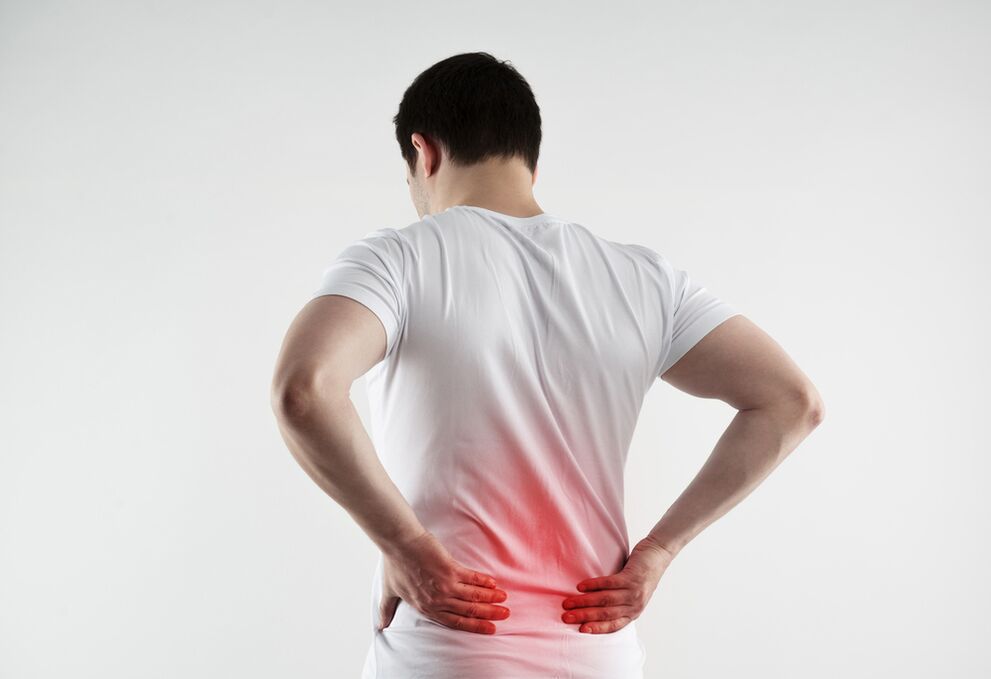
Everyone knows that the spine is one of the most important structures in the whole body. Nature has made sure that the spine is strong enough and at the same time mobile in different sections, and the specific structure of the spine allows it to absorb and soften the load that inevitably occurs during various movements and only during walking.
One of the most common musculoskeletal problems is pain and discomfort in the lower back. Such disorders occur both in professional sports as a result of injuries and overload, as well as in ordinary daily life. This worries many on the planet, and back problems are one of the three most common complaints.
The lumbar region is the most massive and carries the weight of the upper body, performs the functions of support, motor, shock absorber.
Localized pain in the lumbar region can be mechanical, infectious, metabolic (eg, osteoporosis), inflammatory (ankylosing spondylitis), visceral (caused by diseases of the internal organs), and neoplastic (oncological).
Such pain can indicate the development of serious illnesses that can lead to temporary disability and even disability. Therefore, if you feel discomfort in the lower back, you should see a doctor immediately.
Many believe that the cause of low back pain is a disc herniation or protrusion, and in fact, the appearance of hernias in the lumbar region is more common than in other departments, which is due to the increased load on this department. , but more often it is the cause of pain.
The so-called discogenic pain accounts for only 4% of all back problems and, of course, requires special neurosurgical treatment.
According to statistics, mechanical pain in the lower back is 70-80% and is resolved with conservative treatment by hand and physical therapy. Mechanical pain involves the disruption of the mobility of one's joints and spinal ligaments and the formation of inflammation in this area.
Intermediate total
- If pain occurs, you should consult a doctor and do not self-medicate
- Herniated disc is often not the cause of pain, do not be afraid
- Mechanical spine problems are treated conservatively
When the waist is bent back and forth, it becomes much more mobile, ie. compared to lateral bending and rotation in bending and stretching. Bending is 70-100 degrees, and rotation is only 30 degrees, which means that maintaining mobility while bending back and forth is the key to success and the absence of pain.
Intense bandage training can be used to improve mobility in bending and stretching.
First, evaluate which movement is painful: flexion or extension, to understand which corrective action we will perform.
Then place the tape on the lumbar region just above or slightly below the pain area. Create tension in the ribbon in front of you with your elbows. As you hold the tension tape position, begin to bend forward or backward. Perform 6-12 repetitions and evaluate amplitude changes and pain after performance during the reassessment.
Execution nuances:
- There should be no pain, if pain occurs, change the position of the tape a little up or a little down, adjust the tension of the tape (more, less);
- Check the tension and position of the tape after 6 repetitions;
- When performing the movement, keep the tension of the tape both forward and backward;
- Repeat several approaches 2-3;
- Exercise without severe pain and no effect is not shown !!!
Not necessary:
- Pull the ribbon too tight to increase the pain;
- Do it very quickly;
- Exercise through pain.
Results
In ordinary life, there are often mechanical pains that require a correct diagnosis by a specialist, as well as corrective exercises to prevent them.
Use a tight band to improve flexion and extension in the lumbar region.
Follow the rules when doing this:
- Don't run away from the pain
- With the right technique there is a rapid effect (reduction of pain, increase in range of motion)
- Support for full range of motion with tape
- Repetition ability (2-3 sets of 12 repetitions)
As Hippocrates said, "The physician must always inspire the patient. "All health and sports achievements !!!






















